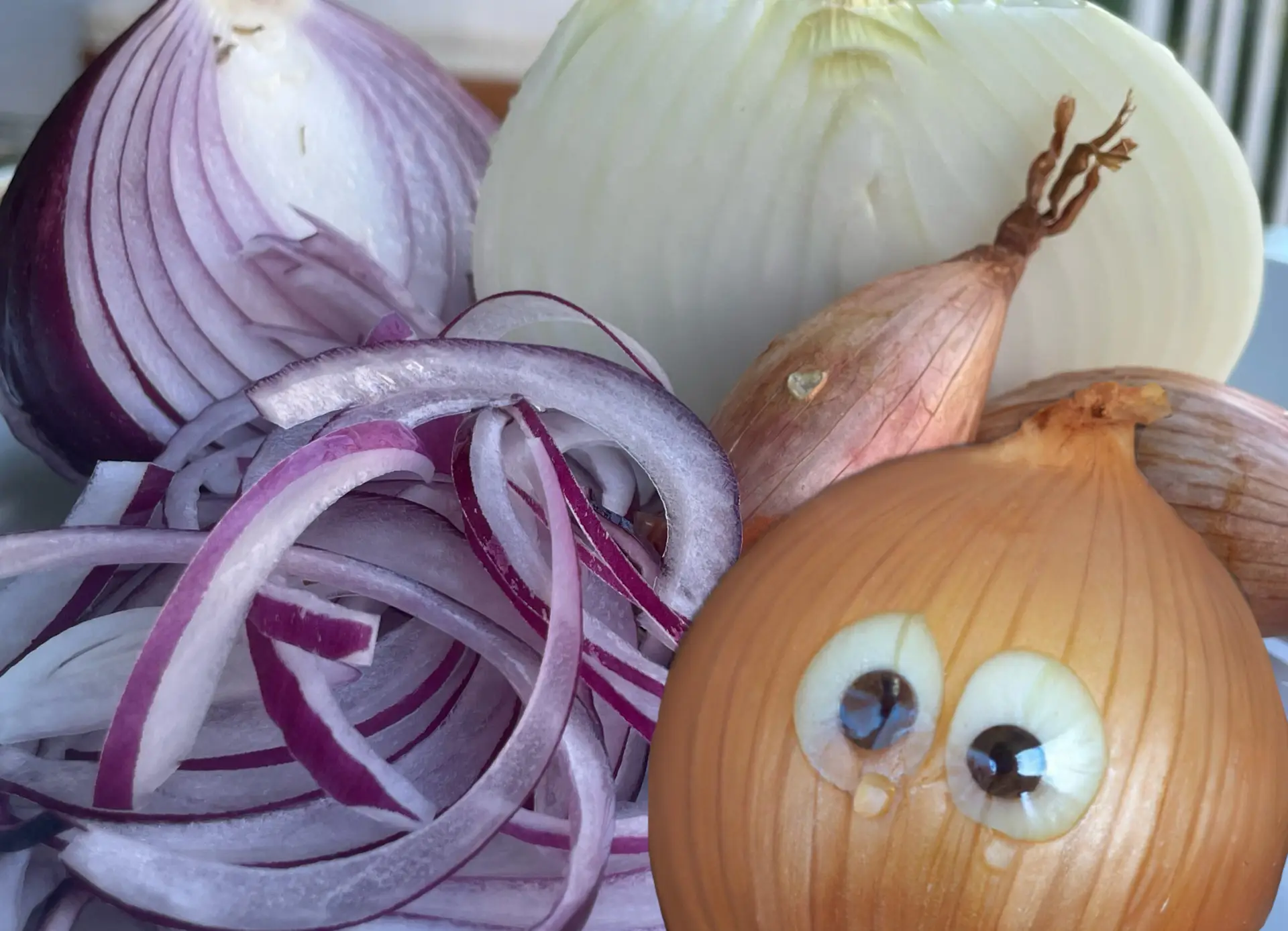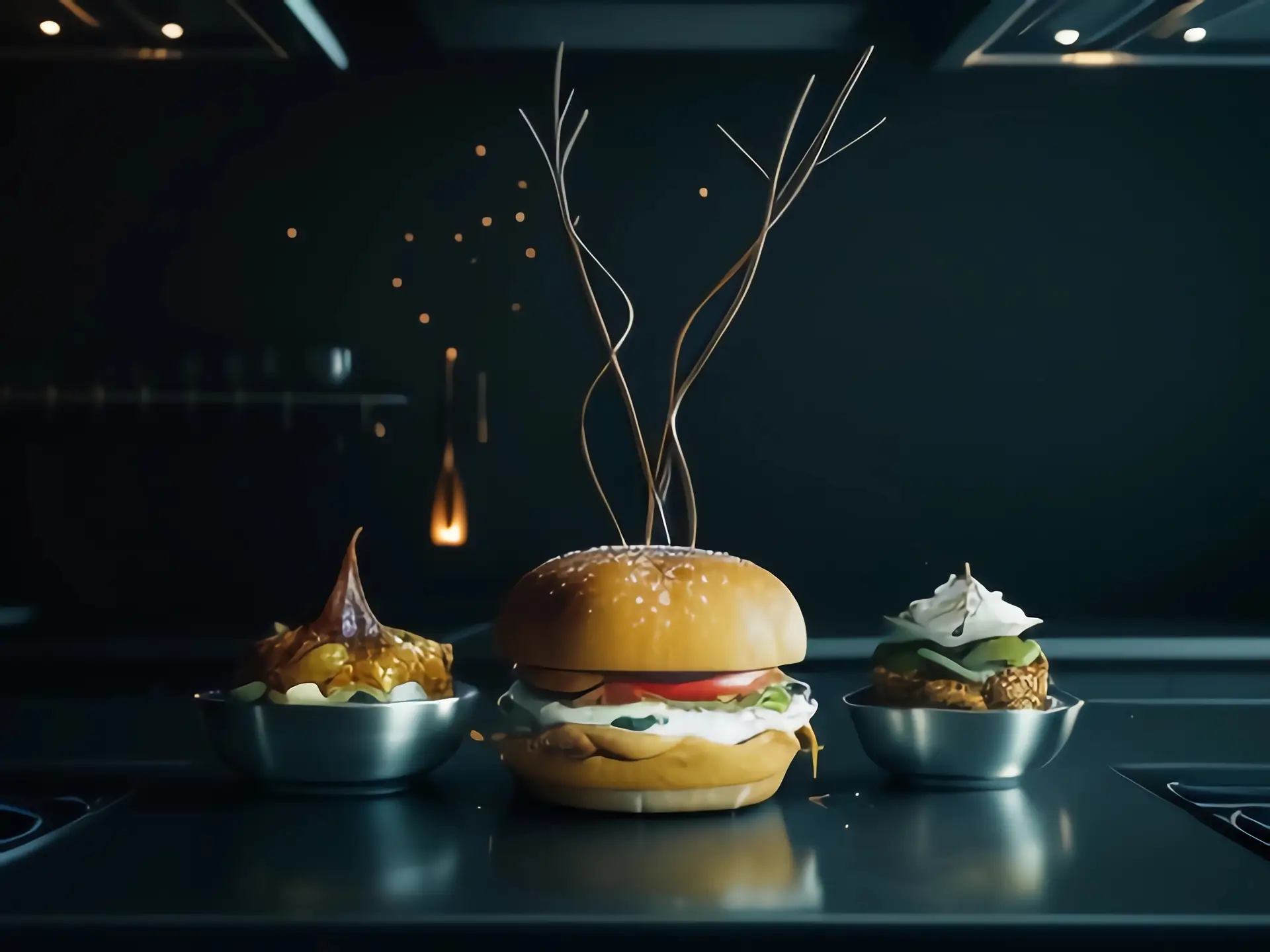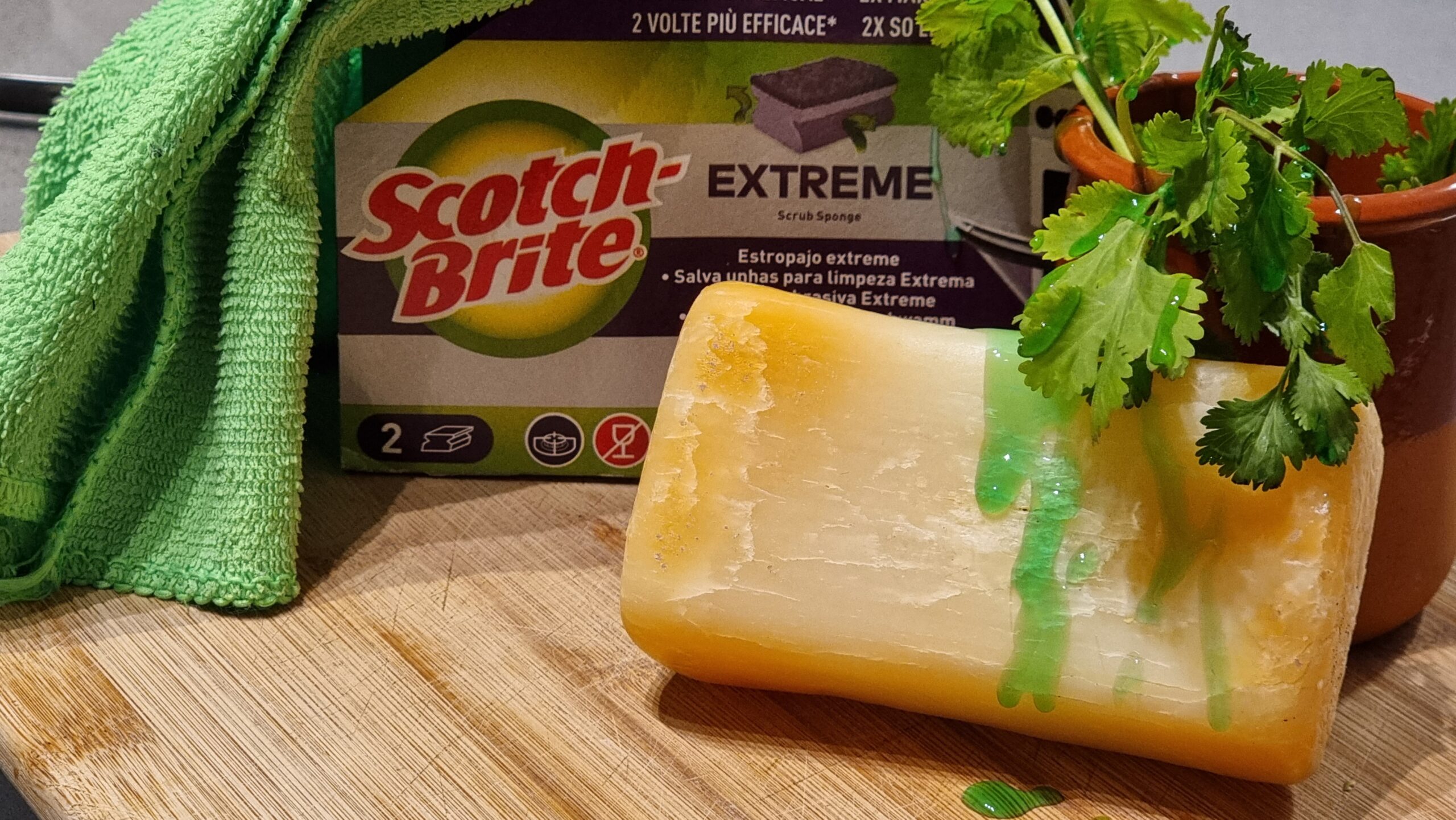Why does blowing on hot food cool it?
Those of you who love to eat also know that cooking inspires enthusiasm. But do you know why science has its enthusiasts as well? Like me. Because it holds the key to a whole new world, parallel to ours but just so different. Looking for scientific explanations in daily life is just too mesmerizing that one can just get lost in it. As we are cooks or related to food, we must think the most when we’re eating or when we’re cooking. It struck me almost 5 years ago, why does a hot bowl of soup or any hot food for that matter cool down when we blow on it?
To make the explanation the simplest, let’s just consider that a soup is water that is really really hot and it contains other molecules whose presence sums up to form other characteristics of it, like viscosity, flavor, aroma, texture, etc. Now, when the manner police were looking away we realized that blowing on your food is the most efficient, practically possible, way to cool down your food, not so much for solid foods like c’mon do you really expect to make your burger cooler by blowing on it? It’s true for liquids and generally wet food items, now what is happening when you’re doing this action? Evaporation. We all know that evaporation is a process that results in cooling, but seldom one of us knows why.
Let’s consider the example of soup only. When the soup is in a bowl in front of you many things are happening inside of it, one of those things is that the molecules in the soup are moving at very high, but different speeds, the average of this speed is what we call temperature in the most common language (Don’t take it literally!). Most of these molecules don’t have enough energy to escape from the soup so they only can drift about in the liquid, but the ones with the most energy do manage to escape, but in striking air above the soup are sent back into the liquid. In the air, the molecules of nitrogen, oxygen, and various other elements are also moving about and will sometimes strike violently against the water molecules in the soup, dislodging them. Following shock after shock, an equilibrium is established between the soup and the layer of air immediately above it, thus the air and the soup temperature become the same.
If we now blow on the soup, the air above it, charged with evaporated molecules from the soup, is replaced with dry air. Thus the evaporated high energy molecules cannot reenter the soup, then other molecules of soup evaporate and are taken away by the blowing action, and so on. Thus by blowing we encourage the evaporation of the soup. So, the evaporated molecules are the ones with the most energy, only the molecules with lesser energy remain in the soup, hence there is a total decrease in energy in the soup environment, that is to say, cooling. In other words, to cool, blow! This phenomenon is the same as when you come out of your bathroom in the winter after taking a bath and you feel very cold.
A word of caution, the amount of blowing to be done increases with the increase in viscosity of the food, as a thick soup will need some stirring as well because the moment of molecules sort of started because of the less elbow room for the molecules. So if you just blow on top of a thick soup only that part will lower in temperature and the soup below that will still be hot. But Miss Manners doesn’t appreciate some of the applications of science to gastronomy.







